Public Domain Stories and Movie Ideas: Unlock Your Screenplay
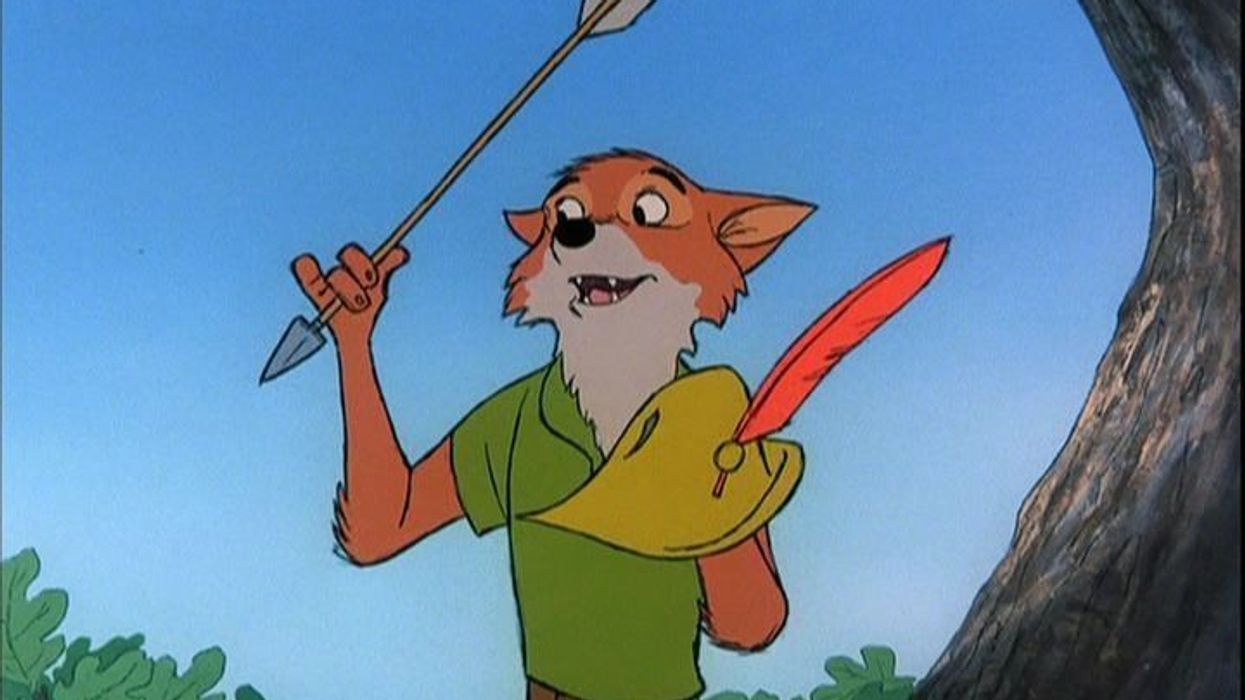
If you’re like me, you’ve heard the words “It’s in the public domain,” and wondered...but what is the public domain? What qualifies as being a public domain idea?
With Hollywood so dependent on I.P., or intellectual property, the public domain has never been more important to your screenplay than it is right now. Public domain stories can give you a leg up on the competition. It gives executives something to hang on to and lets them see a way to market your movie.
That’s why in today’s post, I’m going to take you through the public domain definition, public domain books, public domain poetry, and how you can use the public domain to brainstorm your next screenplay for film or television.
Let’s get started because who doesn't love free stuff!?
First Off, What Is the Public Domain?
The definition of public domain is a little hard to suss out. Basically, we define public domain as materials that are not protected by intellectual property laws. This would include copyright, trademark, or patent laws.
What the public domain meaning states is that these un-copywritten things belong to the public.
According to Stanford, There are four common ways that works arrive in the public domain:
the copyright has expired
the copyright owner failed to follow copyright renewal rules
the copyright owner deliberately places it in the public domain, known as “dedication,” or
copyright law does not protect this type of work.
Anyone is allowed to use public domain works in any way they see fit.
Today we’re going to focus on public domain books, public domain poetry, and other public domain stories that might help inspire your next movie or TV show.
Public Domain Books
Perhaps you’re a fan of movies like Aladdin, or Alice In Wonderland, or even Frankenweenie! While these are all original riffs, they’re still based on classic novels and legends in the public domain.
What makes these ideas marketable in Hollywood is that they are based on topics everyone understands. Ever wonder why we get so many Robin Hood and King Arthur movies?
It’s easy to make a trailer for a film where everyone is familiar with the characters. Even if you have a riff on it, it still is easy to recognize when it comes time to buy tickets.
To understand which books are fair game, first, you have to understand some public domain laws. Public domain books include any work published in the United States before 1923 or works published before 1964 for which copyrights were not renewed.
Every year that goes by, we gain another public domain year. So when we hit 2019. We’ll have everything from 1924.
If you’ve got a favorite book that’s approaching the end of its copyright, make sure to put it on your calendar so you don’t miss it!
But what about the copyright laws in 1964? How do they affect public domain books?
Many public domain books had their copyrights expire before 1964, because the authors or publishers did not renew the works. The owners of these books had to file a renewal with the Copyright Office during the 28th year post-publication.
If they didn’t do that, we got a public domain book.
If you’re looking for a public domain book published after 1977, there’s a simple rule. The copyright will not expire until 70 years after the author’s death. If a book had multiple authors, we have to wait until the longest living author dies for the 70-year countdown to begin.
Now that you know all the rules, let’s examine some public domain books that have turned into successful film and television.
Public Domain Book Examples
As I mentioned earlier, it’s impossible to talk about public domain books without mentioning King Arthur and Robin Hood movies we get every year.
I still think the Disney Robin Hood is the best one. Those foxes were cool.
But we get lots of public domain books that turn into movies every year. And lots of them are from the same public domain book...The Bible.
The bible is responsible for movies like Noah, Exodus, The Prince of Egypt, The Passion, The Nativity Story, and even John Legend in Jesus Christ Superstar.
And there are thousands of other untapped stories inside.
The Bible is a great public domain book because the stories are not only part of the cultural lexicon, but faith-based movies make a ton of cash right now.
And the Bible is a veritable public domain database.
Don’t forget the Quran, Torah, and the Bhagavad Gita! I bet you didn't know The Legend of Bagger Vance was based on the Bhagavad Gita. Go impress your friends!
If you’re not interested in what religious books have to offer (commercially or spiritually), the complete works of Shakespeare are up for grabs. And you don’t even have to take his dialogue.
Movies like O, 10 Things I Hate About You, and Throne of Blood all use Shakespeare as an inspiration and create original stories out of his structure.
And it’s not just movies - some public domain books, like Grimm’s fairy tales, have gone on to be incorporated by popular shows like ABC’s Grimm.
Fairy tales are always extremely popular. Be it Beauty and the Beast, Little Mermaid, and legends like Werewolves, Frankenstein, and also all rife with possibilities.
So how can you decide what public domain book to pick?
Take a page from the most successful movie studio of all time, Disney.
Disney lives on public domain books.
Forbes included this list of the FIFTY top grossing Disney movies based off public domain books.
1. Adventures of Huck Finn (1993) based on Mark Twain's book (1885)
Revenue = $24.1 million (revenue figures listed where available - based on wikipedia data).
2. Tom and Huck (1995) based on The Adventures of Tom Sawyer by Mark Twain (1876)
3. Aladdin (1992) from a folk tale in One Thousand and One Nights (1706)
Revenue = $504 million
4. Alice in Wonderland (1951) based on Lewis Carroll's book (1865)
5. Alice in Wonderland (2010) based on Lewis Carroll's book (1865)
Revenue = $1.02 billion
6. Around the World in 80 Days (2004) based on Jules Verne's book (1873)
Revenue = $72.2 million
7. Atlantis (2001) from the Legend of Atlantis (Socratic Dialogues “Timaeus” & “Critias” by Plato ~360 BC.)
8. Beauty and the Beast (1991) by G-S Barbot de Villeneuve's book (1775)
Revenue = $425 million
9. Bug’s Life (1998) from Aesop’s Fables
Revenue = $363.4 million
10. Cinderella (1950) from Charles Perrault's folk tale (Grimm’s Fairy Tails) (1697)
Revenue = $85 million
11. Chicken Little (2005) from the folk tale
Revenue = $314.4 million
12. Christmas Carol (2009) from Charles Dickens (1843)
Revenue = $325.3 million
13. Fantasia (1940) scored and based on Bach, Tchaikovsky, Beethoven & other classical compositions (however, “ The Rite Of Spring” was licensed)
Revenue = $83.3 million (22nd highest-grossing film of all time as adjusted for inflation)
14. Fantasia 2000 (1999)
Revenue = $90.9 million
15. Frozen (2013) from Hans Christian Anderson’s Ice Queen (1845)
Revenue = $810.3 million
16. Hercules (1997) from the Greek myth
Revenue = $252.7 million
17. In Search of the Castaways (1962) based on Jules Verne novel (1868)
Revenue = $21.7 million
18. John Carter (2012) based on A Princess of Mars by Edgar Rice Burroughs (1917)
Revenue = $284 million
19. Kidnapped (1960) by Robert Louis Stevenson (1886)
20. Little Mermaid (1989) by Hans Christian Anderson (1837)
Revenue = $211.3 million
21. Lt. Robin Crusoe U.S.N. (1966) based on Robinson Crusoe by Daniel Defoe (1719)
Revenue = $22.5 million
22. Mulan (1998) from the Chinese Legend of Hua Mulan
Revenue = $304.3 million
23. Oliver & Company (1988) based on Oliver Twist by Charles Dickens (1839)
Revenue = $74 million
24. Return to Neverland (2002) based on Peter Pan by J.M. Barrie (1904)
Revenue = $109.9 million
25. Pinocchio (1940) by Carlo Collodi (1883)
Revenue = $84.3 million (39th highest grossing box office gross as adjusted for inflation)
26. Pocahontas (1995) from the life and legend of Pocahontas
Revenue = $346 million
27. Princess and the Frog (2009) from the Brothers Grimm folk tale The Frog Prince
Revenue = $267 million
28. Return to Oz (1985) from L. Frank Baum’s books
(When original Oz film was made it was under copyright. Disney purchased rights to all the books. But when Return to Oz was made it had entered the public domain.)
29. Rob Roy the Highland Rogue (1953) based on the Rob Roy by Sir Walter Scott (1817)
30. Robin Hood (1973) from the English folk tales
Revenue = $87 million
31. Sorcerer’s Apprentice (2010) from the poem by Johann Goethe (1797)
Revenue = $236.9 million
32. Snow White (1937) from the Brothers Grimm folk tale (1857)
Revenue = $416 million (10th highest grossing film as adjusted for inflation)
33. Sleeping Beauty (1959) from the Charles Perrault folk tale (1697) (also with music/characters from Tchaikovsky’s 1890 ballet)
Revenue = $51.6 million) (31st highest grossing film as adjusted for inflation)
34. Swiss Family Robinson (1960) by Johann David Wyss (1812)
Revenue = $40 million (83d highest grossing film as adjusted)
35. Tangled (2010) from the Brothers’ Grimm fairy tale Rapunzel (1812)
Revenue = $591.8 million
36. Tarzan (1999) from Tarzan of the Apes by Edgar Rice Burroughs (1914)
Revenue = $448.2 million
37. The Adventures of Ichabod and Mr. Toad (1949) based on the Legend of Sleepy Hollow by Washington Irving (1820) and Wind in the Willows by Kenneth Grahame (1908)
38. The Hunchback of Notre Dame (1996) from Victor Hugo’s Book (1831)
Revenue = $325.4 million
39. The Lion King (1994) from Hamlet (1603) and inspired from a 1960s Japanese animated series called Kimba the White Lion
Revenue = $987.5 million
40. The Jungle Book (1967) by Rudyard Kipling (1894 copyright, movie released just one year after copyright expired)
Revenue = $205.8 million (30th highest grossing film with inflation)
41. The Jungle Book (1994 live action version) by Rudyard Kipling (1894)
Revenue = $43 million
42. Three Musketeers (1993) by Alexandre Dumas (1844)
Revenue = $53.9 million
43. The Reluctant Dragon (1941) based on the story by Kenneth Grahame (1898).
44. The Sword in the Stone (1963) from the Arthurian Legends
Revenue = $22.2 million
45. Treasure Planet (20002) based on Treasure Island by Robert Louis Stevenson (1883)
Revenue = $109.6 million
46. Muppet Treasure Island (1996) based on Treasure Island by Robert Louis Stevenson (1883)
Revenue = $34.4 million
47. Treasure Island (1950) based on Treasure Island by Robert Louis Stevenson (1883)
48. 20,000 Leagues Under the Sea (1954) by Jules Verne (1870)
Revenue = $28.2 million
49. White Fang (1991) by Jack London (1906)
Revenue = $34.8 million
50. White Fang 2: Myth of the White Wolf (1994) based on book by Jack London (1906)
Revenue = $8.8 million
That's a LOT of cash coming in from the public domain!
As you can see, public domain books and legends are incredibly fruitful for your brainstorming. But what if you want to get a little artsy?
How about checking out some public domain poetry?
Public Domain Poetry Examples
Poetry takes all shapes and forms. Public domain poetry lives by the same rules as public domain books, so if you’re looking for a great archive, check out this one with over 9000 public domain poems, from Poets.Org.
It’s easy to forget that epic poems like the Iliad and Odyssey were the most famous stories for the majority of human history.
They also turned into films like Troy and O’ Brother Where Art Thou?
Mulan is based on a Chinese poem. Robert Zemeckis’ Beowulf is based off the epic of the same name.
Even the movie Braveheart is based on an epic Scottish poem.
While it’s a little harder to place public domain poetry examples in TV shows and movies, you can gain inspiration anywhere.
Public Domain Resources
The public domain is a vast resource, and it can be hard to page through all the many items available to inspire you.
One of my favorite sources to find out about works in the public domain is Project Gutenberg. They’re an incredible company on a mission to make all sorts of projects available to the average citizen once the copyright is free and clear.
Their site hosts 46,000 e-books, a treasure chest of free material that waits to be adapted.
Their catalogue might inspire your next brilliant screenplay.
Think about titles like Tom Sawyer, Moby Dick, Jane Eyre, and every fairy tale and legend.
Another excellent source is the Digital Public Library of America. The library catalog covers 1.6 million items and is easily searchable for keywords and phrases. So if you’re looking for something specific, it’s much easier to find public domain ideas.
So let’s recap everything we’ve learned about the public domain.
Summing Up The Public Domain
The public domain definition covers all works where copyright has expired. It’s a great way to get intellectual property to make your screenplay or teleplay more attractive to buyers.
That’s not to say you shouldn’t pursue original ideas, but it should inspire you to see how you can riff on what’s come before you to help make your story pop, and help it sell. Everyone loves an original idea, but sometimes you need a little fuel to go along with the spark.
I’m excited to see what you find in the millions of articles, books, myths, and even songs in the public domain.
Put your public domain search to the test!
I’m excited to see where it can take you.
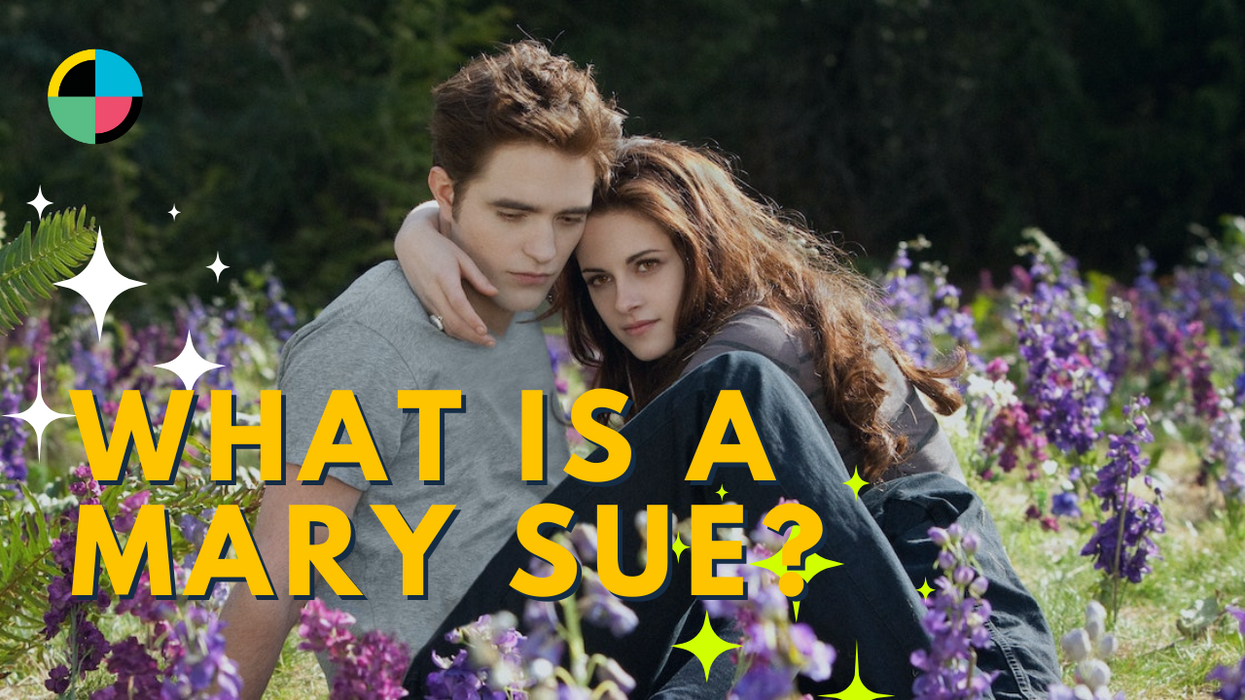
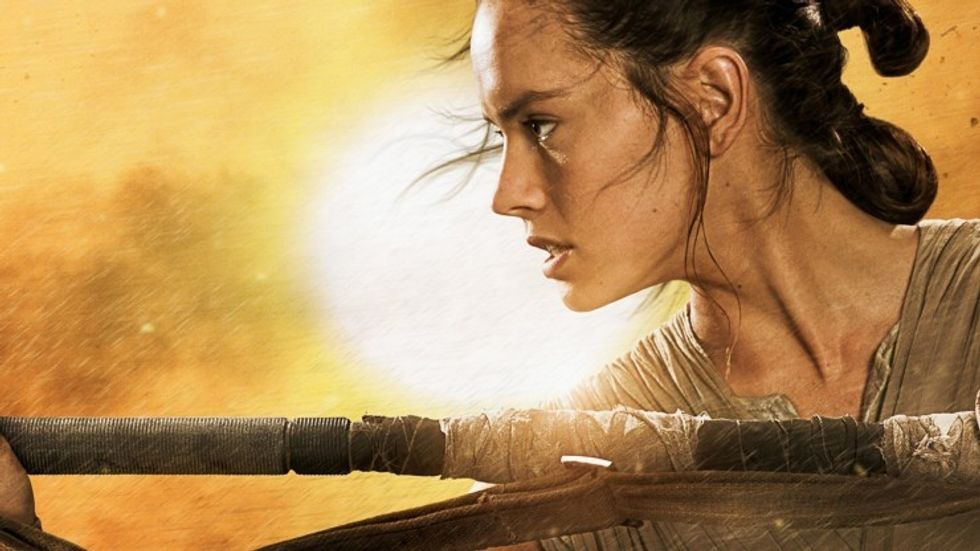 'Star Wars: The Force Awakens'Credit: Disney
'Star Wars: The Force Awakens'Credit: Disney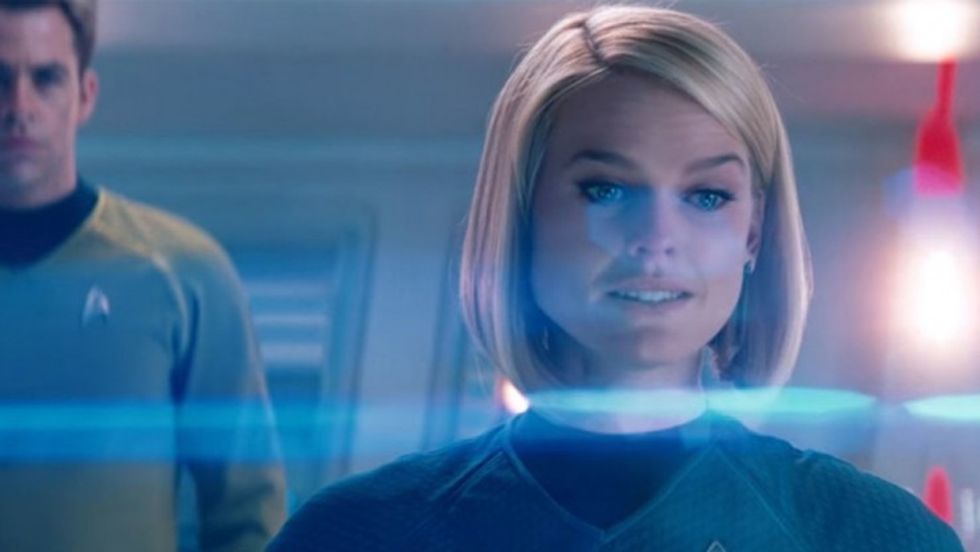 'Star Trek: Into Darkness'Credit: Paramount Pictures
'Star Trek: Into Darkness'Credit: Paramount Pictures 'No Time to Die'Credit: MGM
'No Time to Die'Credit: MGM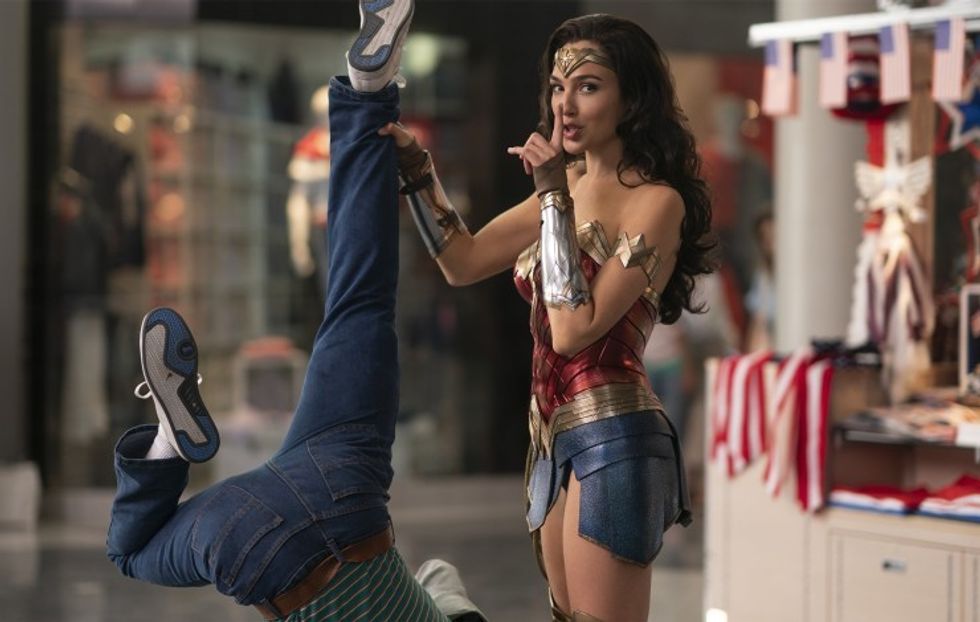 'Wonder Woman 1984'Credit: Warner Bros.
'Wonder Woman 1984'Credit: Warner Bros.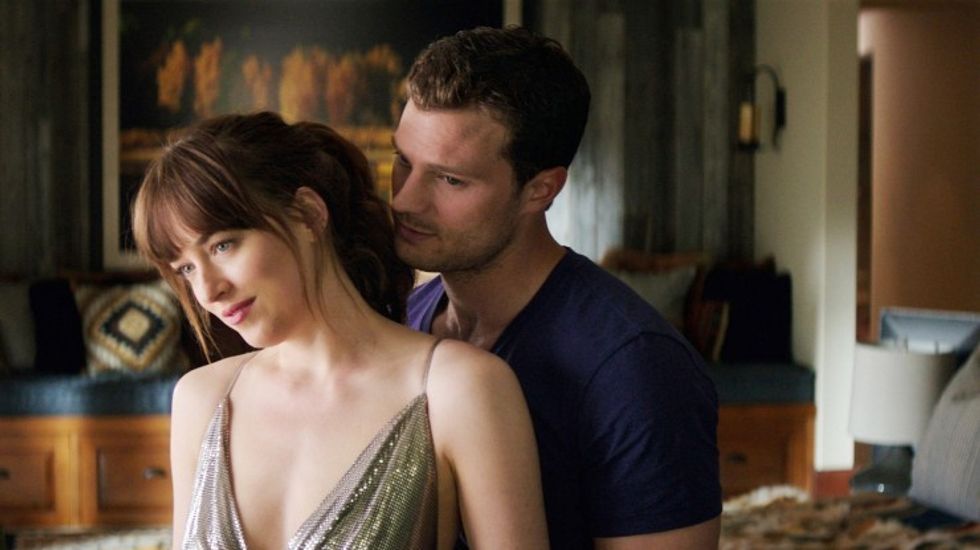 '50 Shades Freed'Credit: Universal Pictures
'50 Shades Freed'Credit: Universal Pictures









